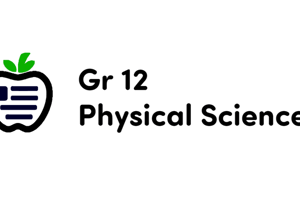Podcast
Questions and Answers
What term is used to describe compounds that have the same molecular formula but different structural arrangements of atoms?
What term is used to describe compounds that have the same molecular formula but different structural arrangements of atoms?
- Dimers
- Isomers (correct)
- Homologues
- Allotropes
Which of the following correctly describes the properties of isomers?
Which of the following correctly describes the properties of isomers?
- Isomers have identical physical and chemical properties.
- Isomers exhibit different chemical reactivity and physical properties. (correct)
- Isomers cannot exist in nature.
- Isomers always have a higher boiling point than their parent compound.
Which statement about isomers is incorrect?
Which statement about isomers is incorrect?
- Isomers may differ in their melting and boiling points.
- Isomers can exist in multiple structural forms.
- Isomers can be classified into structural isomers and stereoisomers.
- All isomers share exactly the same chemical behavior. (correct)
What is the primary distinction between isomers and other molecular compounds?
What is the primary distinction between isomers and other molecular compounds?
In the context of molecular structures, what best explains why isomers possess distinct properties?
In the context of molecular structures, what best explains why isomers possess distinct properties?
Flashcards
Isomers
Isomers
Compounds with the same chemical formula but different arrangements of atoms, leading to different properties.
Isomerism
Isomerism
The phenomenon where compounds with the same molecular formula have different structures and properties.
Stereoisomers
Stereoisomers
Isomers that differ only in the spatial arrangement of atoms around a chiral center.
Enantiomers
Enantiomers
Signup and view all the flashcards
Diastereomers
Diastereomers
Signup and view all the flashcards
Study Notes
Blood, Lymph and Immune System
- Book Title: BLOOD, LYMPH AND IMMUNE SYSTEM
- Publisher: Alexandria Faculty Of Medicine
Table of Contents
- Section I: BLOOD AND IMMUNE SYSTEM
- Chapter I: Introduction and Plasma Functions
- Chapter II: Red Blood Corpuscles
- Chapter III: Metabolism of Vitamins Vital to Blood Health
- Chapter IV: Anemia and Polycythemia
- Chapter V: Blood Groups and Blood Transfusion
- Chapter VI: Platelets and Hemostasis
- Chapter VII: White Blood Cells
- Chapter VIII: The Immune System
- Chapter IX: The Lymphatic System
- Chapter X: Practice Questions
- Section II: CARBOHYDRATE METABOLISM
List of Figures
- Figure 1: The formed blood elements
- Figure 2: EM picture of RBCs
- Figure 3: Diagram of myeloid tissue etc... (many more figures are listed)
Studying That Suits You
Use AI to generate personalized quizzes and flashcards to suit your learning preferences.



